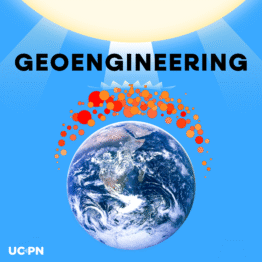
Seed Fund Project
Improving estimates of ice sheet mass loss with a Neural Ice Flow Model
Associated Scholars
Scholar
Pedram Hassanzadeh
Associate Professor, Geophysical Sciences and Computational and Applied Math; Director, AI for Climate Initiative
























